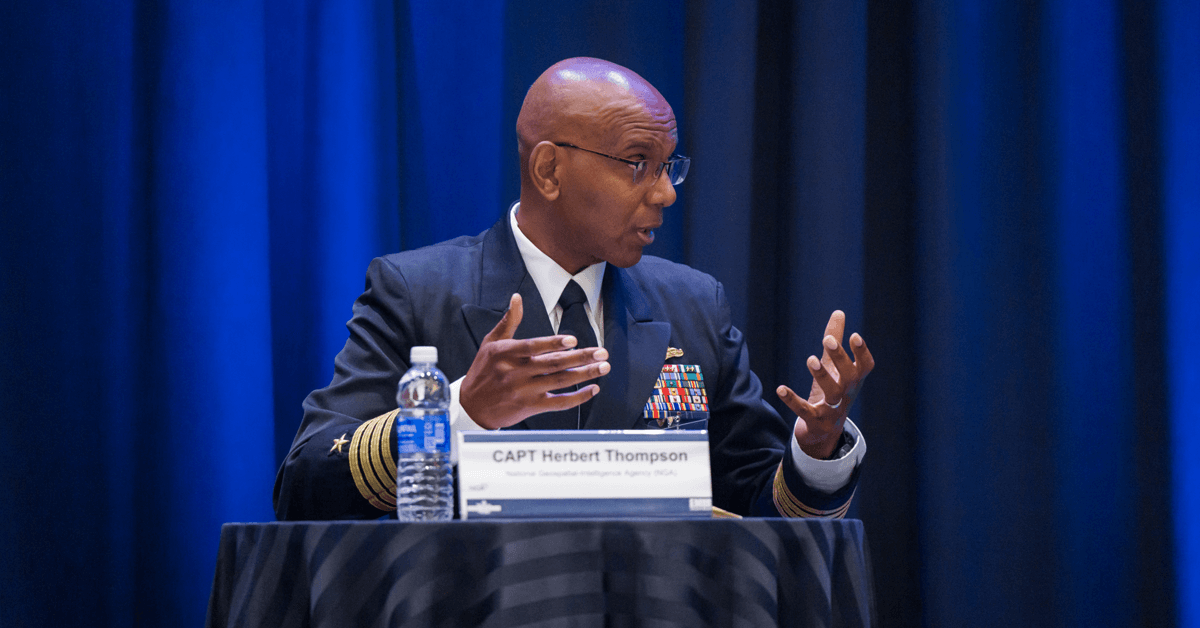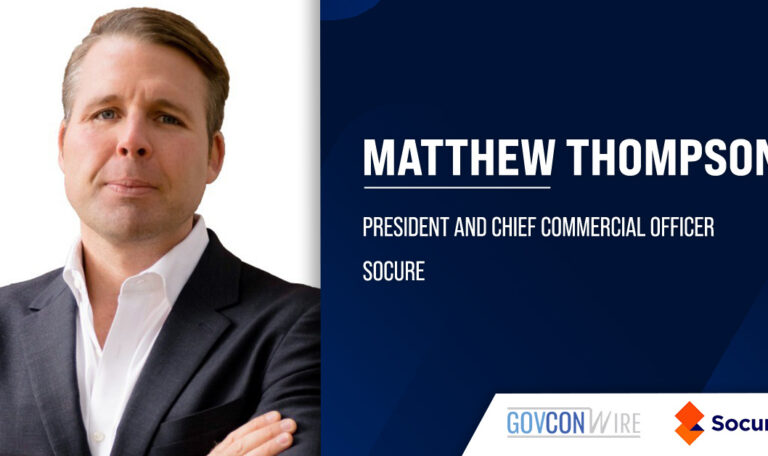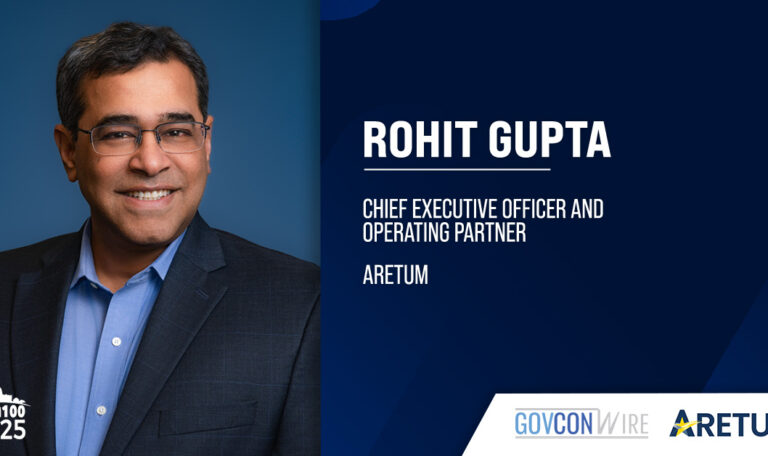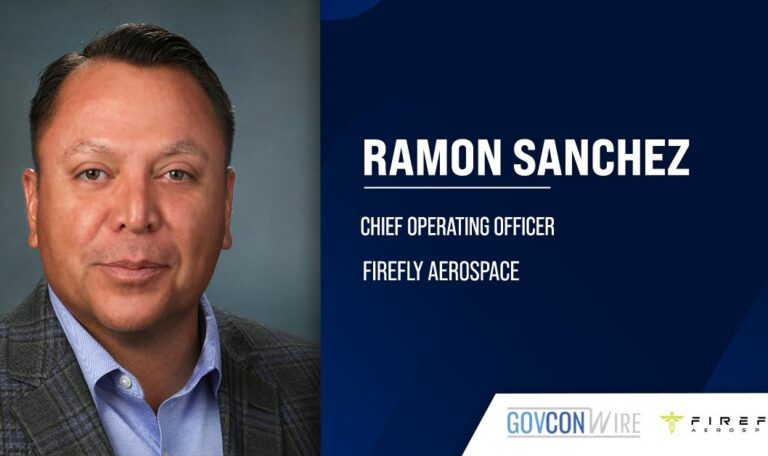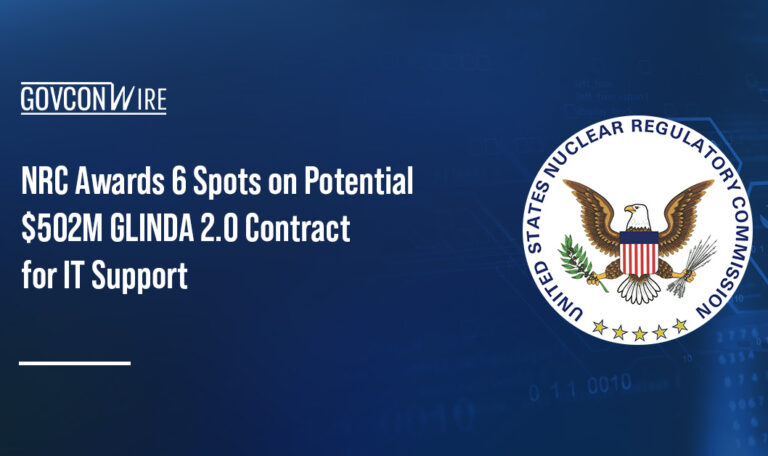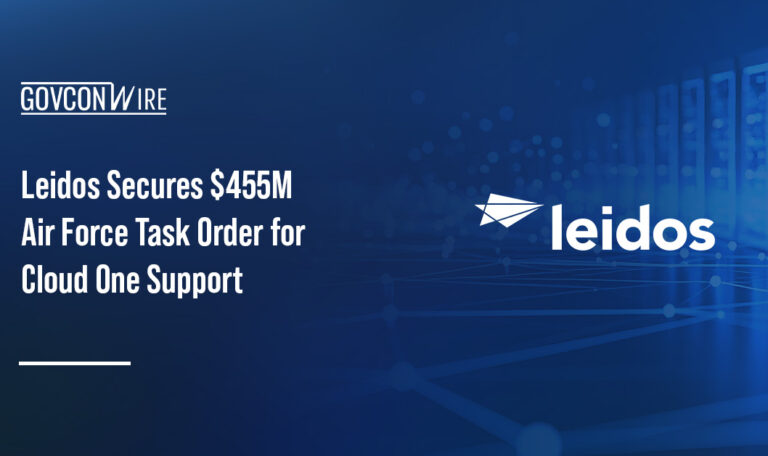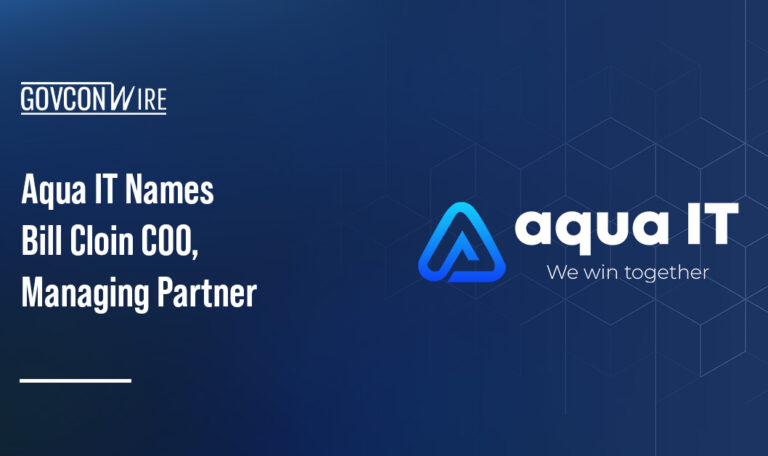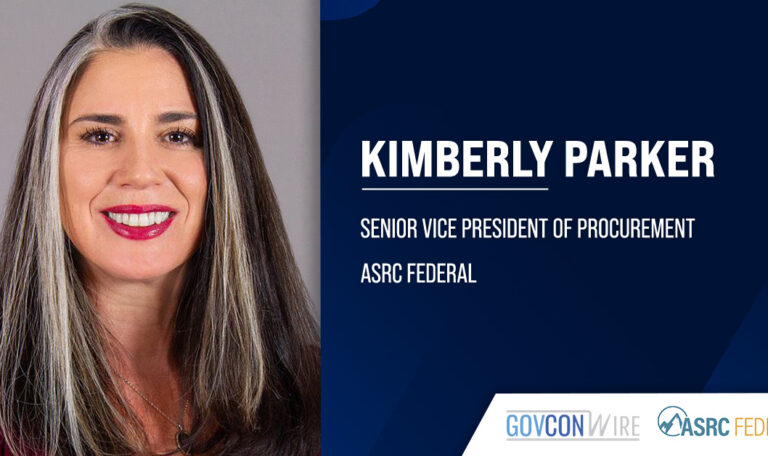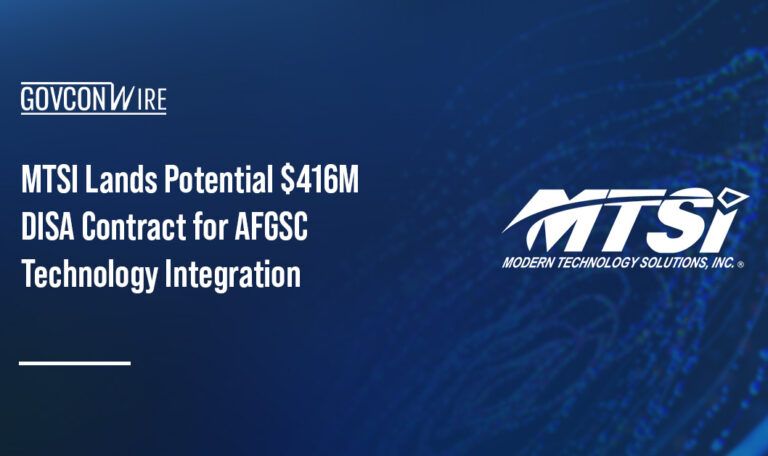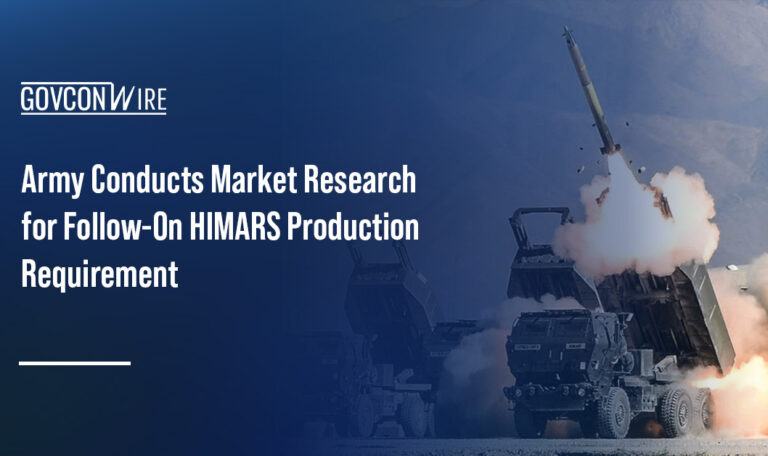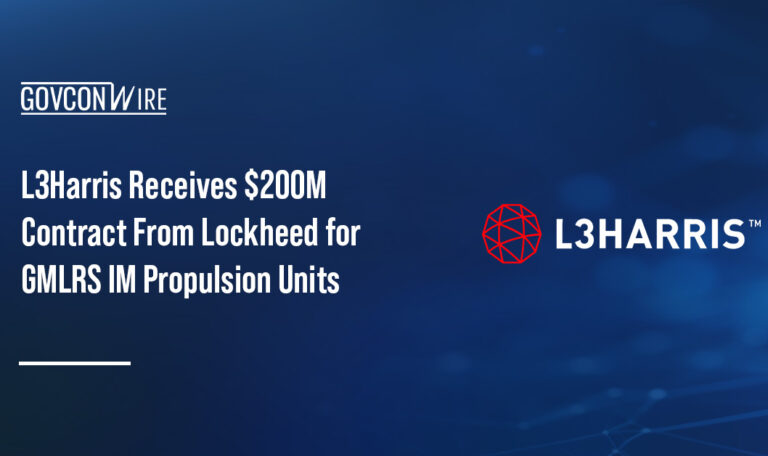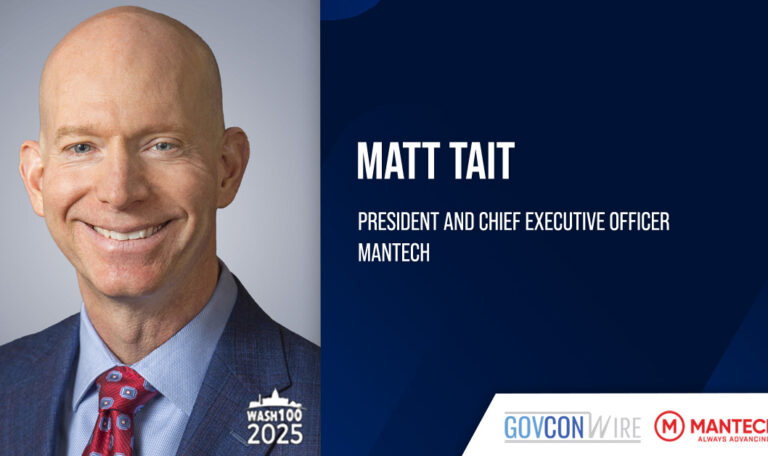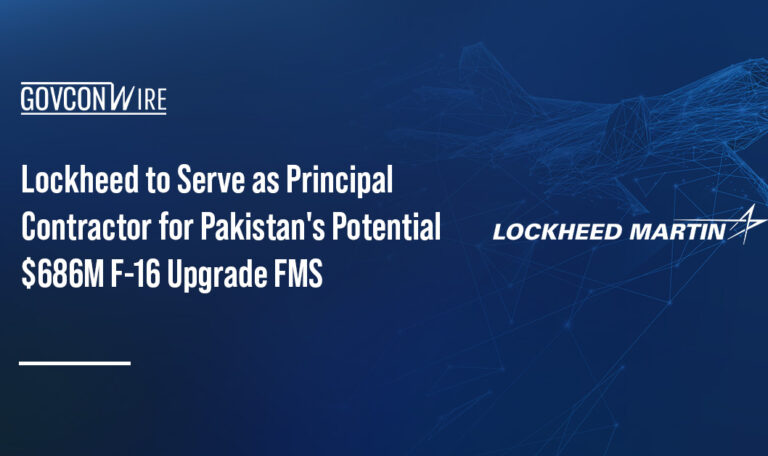Information is the backbone of decision making, but the distribution of intelligence across Department of Defense and Intelligence Community agencies has long been slowed by barriers between organizations. To adapt to the fast-paced nature of modern operational environments, the DOD and IC have joined forces to address this challenge.
Today, agencies are embracing the potential of modern software to help them navigate around the stovepipes they face. One of these tools is the Defense Intelligence Agency’s Machine-assisted Analytic Rapid-repository System, referred to as “MARS,” which aims to address these issues with artificial intelligence-based data analytics and human-machine teaming.
“One of the things that Mars is really focused on is actually having a flexible data environment to change the scale at which data can actually move across the globe and enable that to actually be connected,” Dr. Timothy Wood, deputy program chief for DIA’s MARS Office, explained during a panel discussion at the Potomac Officers Club’s 2024 Intel Summit last week.
To bring the system to full operational capability, DIA is asking several questions.
“How can we get to [the data]? Who has the access, who has the control? And how can I even know it exists? Because the discovery aspect, from an analyst perspective, was one of the greatest challenges,” Wood said.

The National Geospatial-Intelligence Agency is making similar considerations with Project Maven, an effort to create an AI-based tool for gathering and labeling data from images and videos for use across the U.S. military. According to CAPT Herbert Thompson, deputy director of Maven at NGA, there are three pillars to the project’s modular approach: integration, flexibility and a “continuum of seeking efficiency optimization” through iteration and evaluation.
To achieve the integration component, Maven is structuring its contracts with data collection and metric development “baked in” as part of the evaluation piece and making common vehicles available to all IC and DOD partners, he said.
Maven was previously led by the DOD’s Chief Digital and AI Office, which maintains a strong relationship with NGA. According to Lindsey Sheppard, deputy director of advanced command and control accelerator at CDAO, the two organizations still work on Maven “very closely together on a day-to-day basis,” with CDAO now focusing more on governance elements of the program.
As agencies work together to advance these programs, they are also cultivating partnerships with industry, which offers numerous technologies that could accelerate progress.
While the IC and DOD have their own standards for data management, so does industry, which adds a third variable for integration. As a combat support agency, DIA is bound by both IC and DOD requirements, and Wood said its mission technology needs cannot be accommodated without the use of agency and industry standards.
“We are focused on using industry standards, common practices for interoperability, because we have to work with systems that might not be built by ourselves, and we need to make sure those work,” he said.
Thompson noted the importance of being able to properly articulate requirements to partners to keep everyone on the same page throughout technology development and implementation processes. He suggested having mediums and forums “in which we can sit side by side” as a way to strengthen communication between government and industry.
“I think always having in the forefront of our minds how we bring in our partners early and how we bring them in in a way that enables that integration and interoperability is really key to ensuring that,” Sheppard added.
What successful integration will look like, said Thompson, is having a “shared consciousness” in which “I can plug and play with tradecraft, with contractors, that we have something that someone else can leverage, I can go to DIA and leverage something that they have and vice versa.”

Join the Potomac Officers Club for our next event, the GovCon International Summit on Oct. 10, to experience government contracting on a global scale. The event will feature numerous keynote speakers and panelists who will discuss topics such as Combined Joint All-Domain Command and Control, AUKUS, space and more, so don’t wait to secure your spot. To learn more and register for the summit, visit the event page on the Potomac Officers Club website.


